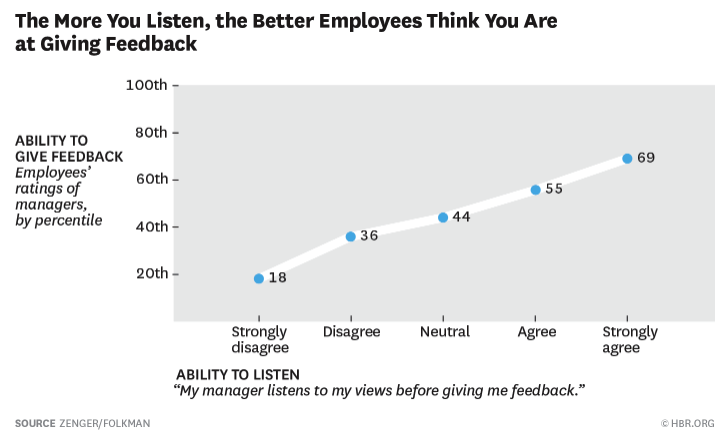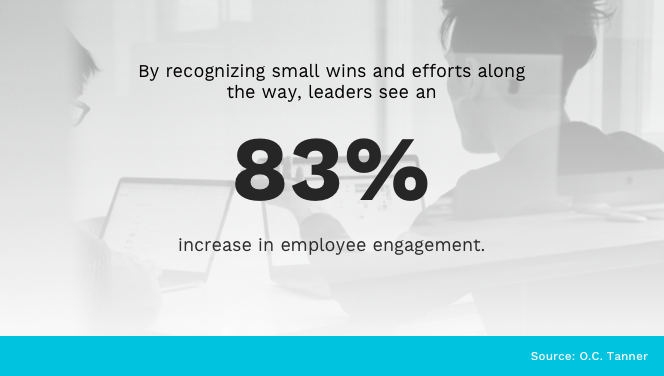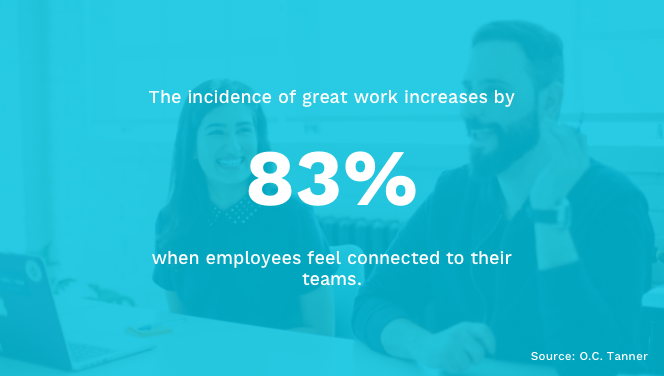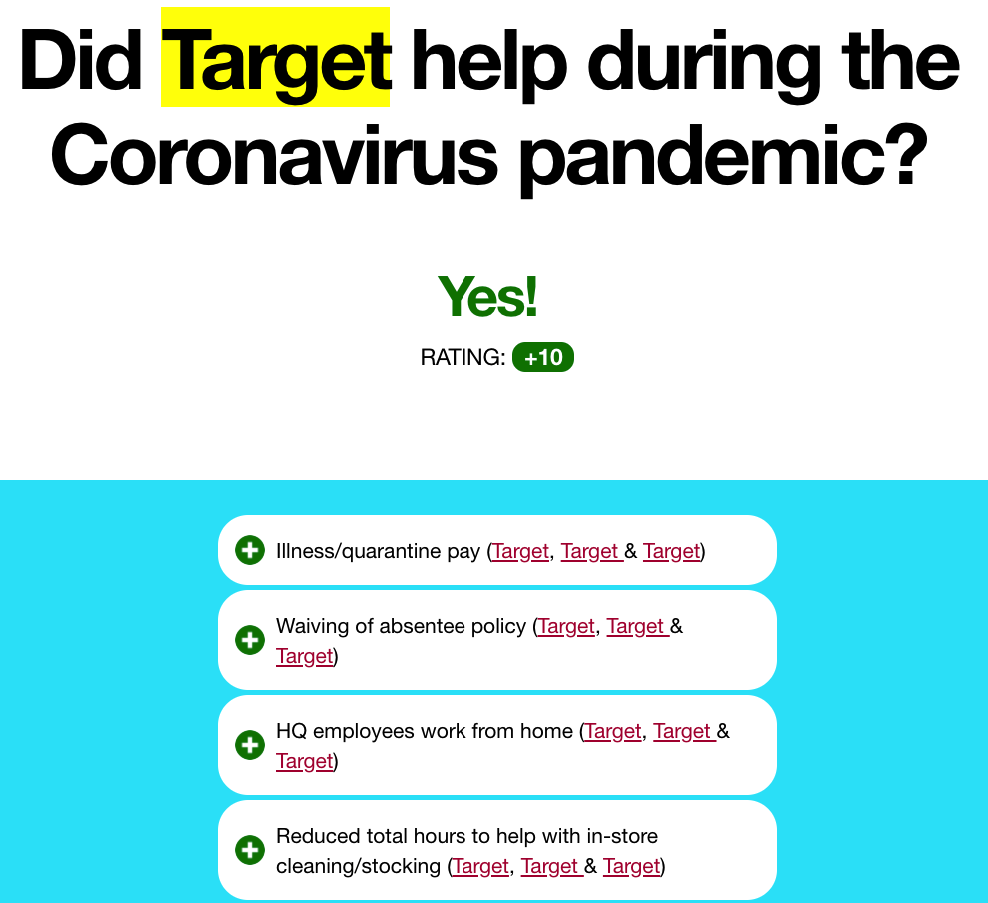Organizations have to make a lot of adjustments to their business plans and to how they work during the COVID-19 outbreak. They need engaged employees more than ever to get through this challenging period. They need to be prepared for a marathon, not a sprint. This global pandemic isn’t likely to just disappear overnight.
Employees might struggle with feelings of uncertainty, isolation, not being in the know, and more. While remuneration is always a good incentive to engage workers, it isn’t the be-all and end-all for driving employee engagement. And don’t confuse job satisfaction with employee engagement – they are two very different things.
Employee engagement is to do with employees feeling an emotional connection to a company. It’s the extent to which employees are motivated to work hard, how passionate they feel about the company and how invested they are in their work. Essentially, engaged employees will be the hardest workers, the ones committed to staying with an organization long term and who make the most contribution to the company’s bottom line.
Employees want to feel a sense of belonging and that they’re contributing in a meaningful way. One of the best ways to achieve this is by ensuring the company workplace culture is the best it can be. So when employees need to work remotely, or their future looks uncertain, what is the best way to get the most out of them?
How can you drive employee engagement in these challenging times?
What’s in?
- Be transparent and realistic
- Focus on your core values
- Make room for continuous feedback
- Use a survey or a questionnaire
- Create engaging activities
- Celebrate (small) victories and recognize your employees
- Have the right tools in place
- Enable teamwork and collaboration
- Focus on the everyday experiences
- Strengthen the atmosphere of trust
- Demonstrate you’re a good company
Like what you see?
Don’t miss out. Subscribe to our quarterly digest to get the latest TA and TM resources delivered right to your inbox.
1. Be transparent and realistic
Your employees might feel uncertain about the ongoing situation – 55% of employees are concerned about job security. Only about ⅓ believe that their organization “has the resilience to handle these circumstances”.
Keeping people in the loop is an incredibly effective way to drive employee engagement. So be transparent with your employees about your plans and activities in this period.
Try to be positive in your communication but don’t over-promise. For example, if you say that everyone will be able to keep their jobs, make sure you can make that happen.
And even when not everything is going so well, don’t keep your employees in the dark – feeling sidelined is a surefire way to allow distrust to take root among your workforce.
Instead, bring employees into the fold and give them frequent updates – if people don’t know what is happening, they can’t be fully supportive and engaged with you.
Only half of employees indicate that their organization is providing regular updates. Not informing your employees doesn’t help keep them feeling secure and engaged.
Communicate regularly through whichever channels work best for your organization such as:
- Company newsletter
- Letters from CEO
- Company updates
- Internal podcast

If employees don’t understand where the company is standing financially in times of COVID-19, it makes them feel insecure, unmotivated and even disengaged.
2. Focus on your core values
During a crisis, don’t forget about your core values and your company culture. Let your core values serve as a guide for you. These are the heart of your company after all, and now more than ever they are what you should be striving to uphold.
Your core values will likely be what attracted employees to you in the first place, so show them that you’re focused on upholding your values – promote them to your employees and remind them of what you stand for.
3. Make room for continuous feedback
Employees need to receive constructive feedback to be productive, especially in challenging circumstances such as fast transitions to working from home (WFH). Be sure to have a structure in place to provide this feedback, for example, through regular virtual 1-on-1 meetings and facilitating open conversations within and across teams.
However, be ready to receive feedback as well – because feedback should always be a two-way street.
Look to create channels where employees can anonymously (or on the record), raise their issues and concerns.
Don’t just rely on annual satisfaction surveys to receive feedback. If you wait a whole year to address issues, you could miss an opportunity to rectify a situation.

Being able to listen is key to the manager’s ability to give feedback. Help your managers become great listeners so that they can provide constructive feedback to their team members.
4. Use a survey or a questionnaire
A survey or a questionnaire are great ways to gather feedback about how your employees are feeling on a day to day basis, as well as how they feel about the company as a whole.
Design your surveys and questionnaires to allow your workforce to provide honest feedback about the issues affecting them at the grassroots level.
- Ask them questions on a sliding scale between 1-5.
- Ask them open-ended questions so that they can be thorough in their reply.
- Ask them multiple-choice questions so they don’t feel like the onus is on them to provide the answers.
Your survey results won’t give you the gold-plated solution for improving employee engagement, but it should show you where you need to focus your efforts.
Once you get the results in, analyze them and create an action plan of what you can improve/change. Get the whole team involved if possible. They’re the ones who know the issues the best, so they could also know what might remedy the situation quickest and most effectively.
You don’t need to hold a formal meeting, just gathering everyone together for a virtual ‘town hall’ discussion could be a good place to start.
If any issues have been identified, act on them now and show your employees that you are listening, that you value them and their opinions. Use your internal communications to make your action visible to everyone.
When employees know that voices aren’t only being heard, but that they can bring about change by speaking out, they’ll naturally feel more engaged.
5. Create engaging activities
Just because your employees aren’t physically with one another, doesn’t mean they can’t have fun together, or share some downtime together – meetups don’t always have to happen in person.
For example:
- GitLab (who have the largest remote workforce in the world) employs the ‘virtual coffee break’, whereby they encourage all team members to stop what they’re doing and join in on a video call with one another a couple of times a week.
- Revelry have a dedicated Slack channel called #watercooler for virtual conversations.
- Help Scout hosts quarterly ‘troop talks’ bringing together 10+ employees on Zoom to discuss a pre-arranged topic such as sharing recipes, or discussing apps they can’t live without.
Essentially, just because your team is having to work remotely, doesn’t mean team members have to feel isolated.
- So set up a virtual watercooler that is always accessible.
- Organize a remote yoga session.
- A pub/at home quiz.
- An afternoon of trivia games.
- Have dress-up Fridays.
- Celebrate birthdays.
- Or hold a small training session on best practices for WFH.
Now is also a good time to encourage your workforce to use any learning and development initiatives that you have in place. Not only will this show you’re invested in your people but you can also try and fill any skills gaps – it’s a win-win all around.
6. Celebrate (small) victories and recognize your employees
Your employees are doing their best and especially in times of uncertainty, it is important to recognize it. Celebrate small victories to drive employee engagement – for example, make announcements of new deals made, organic traffic exceeding expectations, work done quickly and efficiently, etc.
Perhaps consider rewarding your top performers – small prizes that they can use when the crisis is over: a day off, a team lunch paid for by the company, whatever makes sense for your organization.
Don’t just celebrate the victories within the teams, praise employees and teams across the board – use your internal notice boards to pass on your thanks.
Encourage your employees to praise and acknowledge one another. Being appreciated by the management is one thing, being appreciated by your peers really makes you feel a part of the team.

Recognition of small wins and efforts goes a long way in driving employee engagement in a regular setting but also in challenging times.
7. Have the right tools in place
Having a distributed workforce can have a huge impact on the levels of employee engagement – you’ll have to work even harder to make remote working or WFH employees feel as if they’re a part of your company culture.
And to get the most out of remote employees, you need to enable them to work collaboratively as if they were actually next to one another.
For example:
- An internal chat platform such as Slack.
- A video conferencing tool like Zoom.
- The Slido remote meeting tool.
- Cloud-based collaborative applications like Google docs and sheets.
- A web-based project management or process tool such as Trello, to ensure that all employees are aware of what is happening at all times.
If your employees don’t use these tools or don’t know how to use them, onboard them quickly.
And if you don’t have effective tools in place, check out these tools that are currently offered free of charge to help get you through the pandemic and see if any of them could be beneficial for your organization.
8. Enable teamwork and collaboration
Having the right tools is one thing. Having a culture of collaboration is another. Foster teamwork and collaboration even under challenging circumstances, be there for each other.
For example, encourage regular team checkins. For example, teams can bring their daily standups into the virtual environment to be aware of what everyone is working on and how the team members can help each other. Add a short end of day or week meeting to see how everyone did and if they need assistance from their team members.
Recognize that your current WFH situation won’t suit every team member – everyone has their own preferred learning and working style and that for some, they’ll need more support during these challenging times.

Not only does connection to the team improve employee engagement, it also helps employees perform better.
9. Focus on the everyday experiences
Understand that the majority of employees put considerable effort into trying to maintain a work-life balance at the best of times. And during these challenging ones, when everything is confusing, doing what you can to reduce your employees’ stress levels will boost their engagement levels.
Find out what your employees are struggling with on a daily basis and seek to provide a solution.
Make sure that the engagement efforts are continuous and not one-off attempts.
Don’t forget too, that (just as always) you should focus on inclusion. Employees working under inclusive leaders are 39% more likely to be engaged. Make sure that everyone’s voice is heard. For example, some of your employees might not feel comfortable asking their questions or sharing their concerns in front of everyone. Allow them to submit questions anonymously during (virtual) meetings so that you can address everyone’s issues can be address.
10. Strengthen the atmosphere of trust
Employees need to trust the leadership, their managers and each other. Employees value autonomy and they will hardly appreciate being micromanaged. If you’re using any tools that monitor their activity and performance, let them know how and why you’re using these.
And remember that a company doesn’t work from the top down, it works from the bottom up. Your employees are the foundation on which the company is built, and if the foundations start to crack, the whole organization can come tumbling down.
As we’ve mentioned before, ask your team to provide feedback frequently. The more they’re involved, the more they’ll feel valued and respected as individuals, which in turn will help strengthen the atmosphere of trust.
11. Demonstrate you’re a good company
You may not feel like now is the right time to be demonstrating your corporate and social responsibilities, but showing employees that you care more than just about your bottom line will stand you in good stead, not just now, but in the future too.
Your reputation will be enhanced and you’ll be the company that is socially responsible – something that the vast majority of Millennials value in a company. And come 2025, when they make up 75% of the workforce, you’ll be a preferred employer.
What’s more, your company’s actions in this crisis will affect your customers’ behavior too. In a recent survey, 65% said they expect that company actions during this time will likely impact which brands they decide to purchase in the future.

A website “Did They Help?” tracks how companies and celebrities have behaved in the COVID-19 pandemic. This includes tracking how companies have treated their employees, which will be important in their later recruitment and retention efforts.
To wrap it up
Driving employee engagement during the COVID-19 pandemic is crucial. It is your workforce that can make the difference in how your business gets through it.
So look for ways to engage your employees even when your organization is going through a rough patch. Even though your employees are working remotely, turn this crisis to your advantage and put in place measures that mean you can take what you’ve learned and create a strategy to cope, should something like this happen again in the future.


